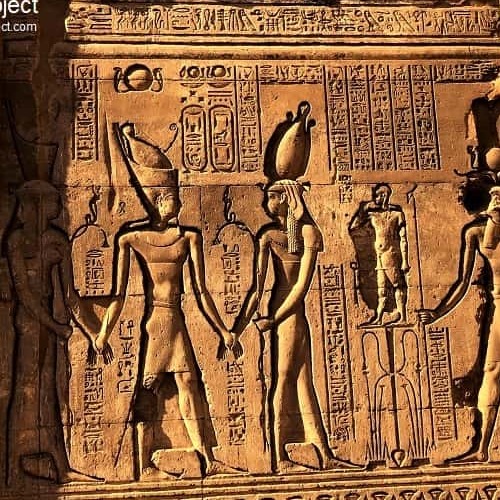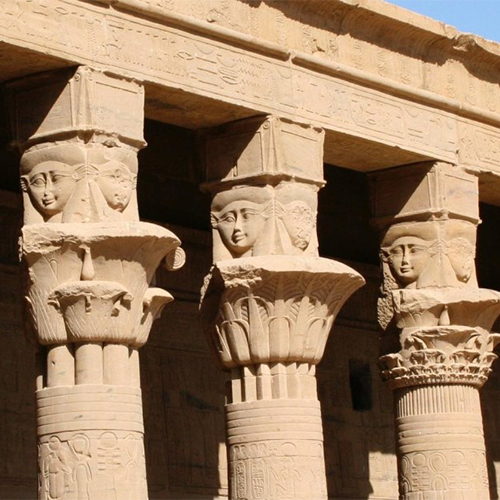Legacy Details
Esna: A Tapestry of Time and Culture
Nestled along the west bank of the Nile River, 55 km south of Luxor, lies Esna, a city that embodies the layers of time. Known for its Greek-Roman monuments, Esna’s archaeological wealth spans from the ancient Egyptian era, through the Greek-Roman, Fatimid, Ottoman periods, and into the era of Mohamed Ali Pasha. Each epoch has left indelible marks, making Esna a mosaic of humanity’s early civilization and cultural achievements.
Today, Esna balances its illustrious past with its present role as a trade and farming town, known for its weaving industry. However, challenges persist, including environmental issues and inadequate basic services for inhabitants. A significant concern has been the rising subterranean water levels, exacerbated by the Esna barrages. This has impacted the foundations of the Greek-Roman era Khnum temple.
Recognizing Esna’s unique position and potential for tourism, efforts have been initiated to develop the city, aiming to enhance the quality of life for its residents while ensuring environmental sustainability. In 2010, a comprehensive development plan was proposed, focusing on accommodating population growth, tourism, and agriculture, while preserving and enhancing Esna’s antiquities.
The city’s history is richly layered. Known to the ancient Egyptians as Ta-senet, Esna’s major temple, dedicated to the ram-god Khnum, dates back to the reign of Thutmose III. While the present structure predominantly reflects the Greek and Roman periods, elements from the 18th Dynasty are still visible. The temple’s hypostyle hall, excavated by Auguste Mariette, is adorned with a unique ceiling featuring Egyptian astronomical figures and Roman zodiac signs. The facade, displaying reliefs of Roman Emperors and Upper Egyptian deities, stands as a testament to the city’s historical depth.
Esna’s Islamic period is equally rich. During the Fatimid rule, the city thrived even amid famine, noted for its green gardens and rich agriculture. The Emari Minaret, one of Egypt’s oldest, dates back to this era. In the Ottoman period, Esna emerged as a vibrant commercial center. The Wekalet Al-Gedawi, north of the Esna Temple, served as a bustling hub for merchants from across Africa and the Middle East.
The Kaysariya, a covered alley of shops, was the heart of the local market. During Mohamed Ali’s era, Esna’s significance grew, known for its beautiful houses and a thriving tarboush factory.
Esna’s story is a captivating journey through time, where each layer reveals a new chapter in Egypt’s rich tapestry of history. Its monuments, markets, and minarets continue to draw visitors from around the world, each seeking a glimpse into the past that shaped this remarkable city.
Created On March 25, 2020
Updated On January 27, 2024



